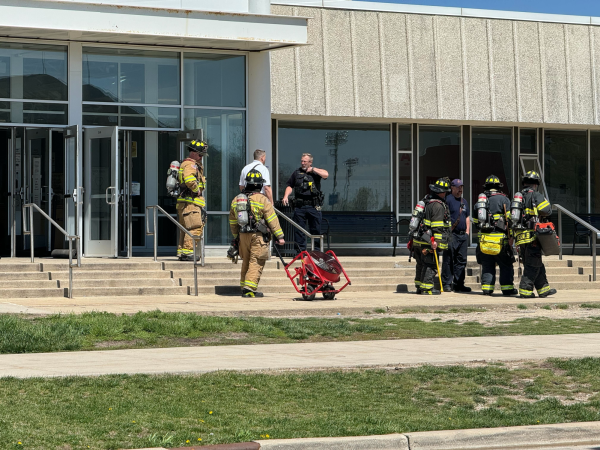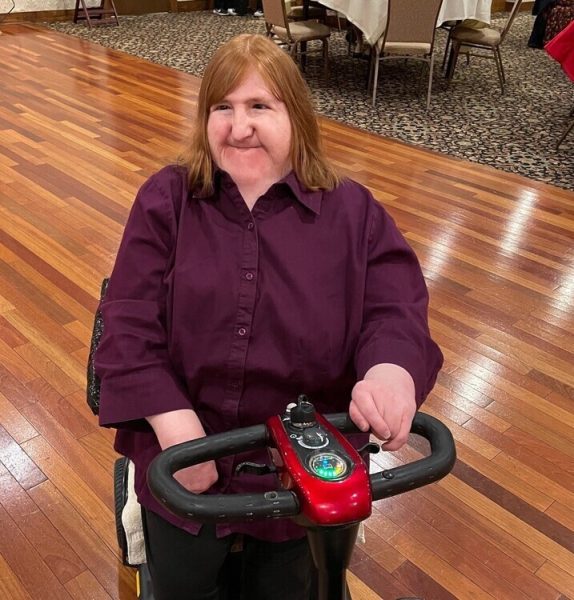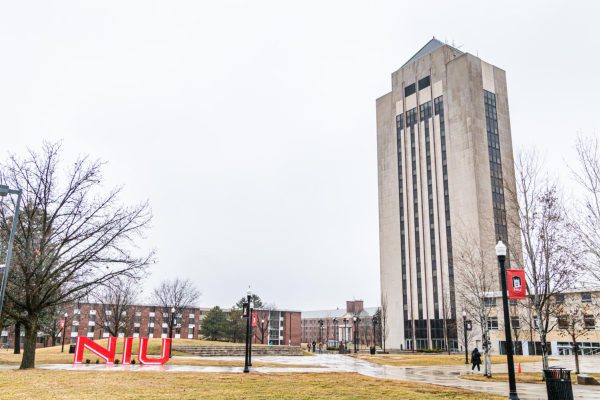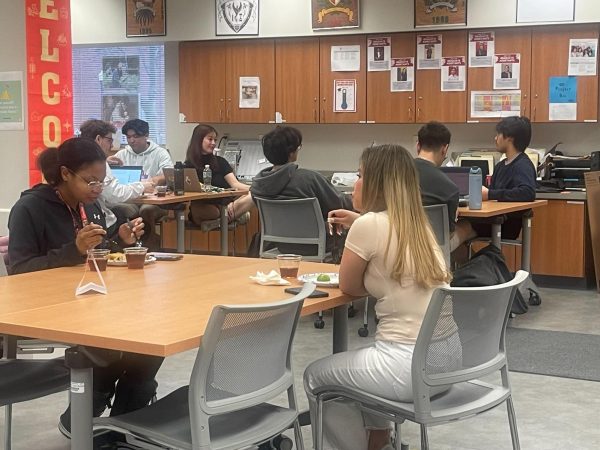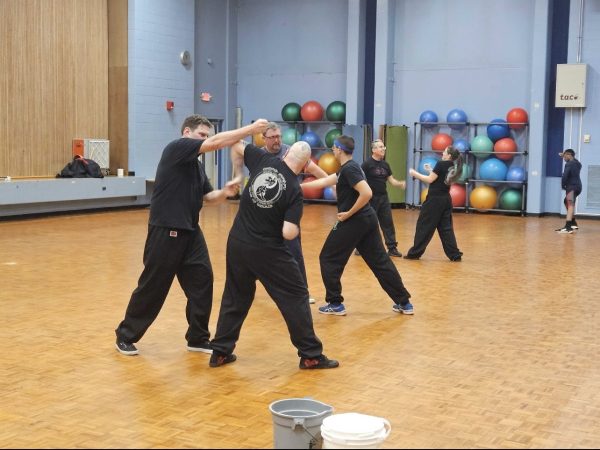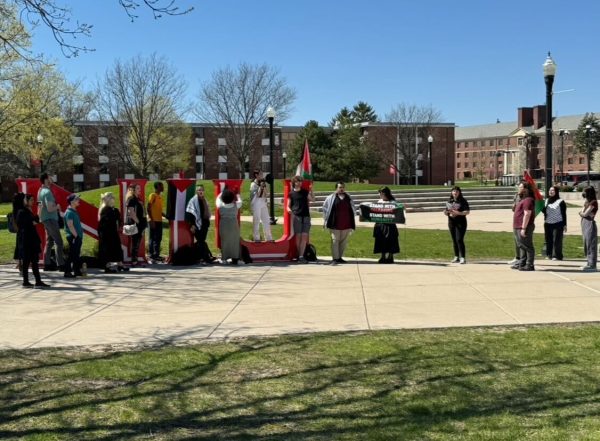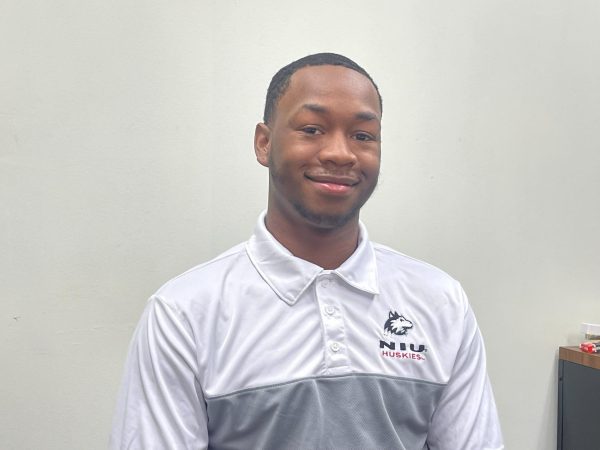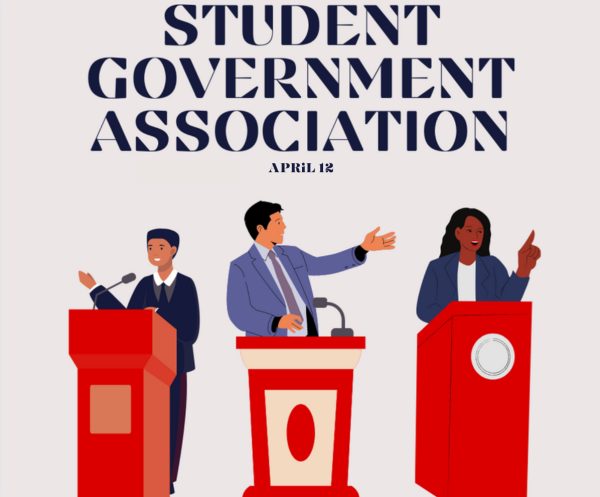Living in constant night
October 30, 2003
Leigh Morman is a fifth-year sociology major and, in many ways, she is just like any other college student. She gets up, goes to class, studies and hangs out with friends. But one thing sets Leigh apart from other students: She can’t see.
Morman was born completely blind. “I’m totally blind. I can’t see pictures, light or anything like that,” she said.
Because she is visually impaired, her college experience is somewhat different from that of most students.
Besides having to do homework and take tests, blind students like Morman have other concerns, such as how to get around campus.
Morman said at the beginning of each semester, there are people who teach her and other blind students different ways to get to their classes. She said that it usually is people from the Center for Access Ability Resources (CAAR) office, student volunteers or students learning how to teach visually impaired people.
“There are many things that we learn visually that blind kids have to be taught,” said Jodi Sticken, the director of orientation and mobility in the department of teaching and learning. “When the visual system isn’t working, we have to learn through other channels.”
Sticken said there are a number of techniques blind people use to orient themselves and figure out where they are. She said it usually involves using landmarks, canes, and tactile or auditory maps.
Morman uses a cane to find her way around campus.
To take notes, she takes a note-taking machine to class.
“The machine I use is like a little computer. I can print stuff out, [and] have it talk to me,” she said. “Basically you type in what you want and it’s displayed on the bottom.” Morman said that it’s kind of like a computer screen, but has Braille on it.
Gaylen Kapperman, a professor in the department of teaching and learning and the coordinator of Programs in Vision at NIU, who is blind himself, said blind students have to come to school with lots of high-tech equipment if they are to be successful at college.
He said students who are totally blind may need up to $10,000 worth of equipment.
“You have to learn everything, plus how to use a bunch of equipment,” he said. “Sophisticated blind people can get through this. If you don’t know the technology, it is very hard for blind kids to get through college.”
Morman said she has a computer in her room that has a speech synthesizer.
“Anything I type is spoken,” she said. She also said that one computer in every lab is supposed to have that kind of technology.
According to NIU’s Information and Technology Service’s Web site, there are currently 30 ITS-supported computers on NIU’s campus that have adaptive technology for people with visual impairments. This technology allows for the enlargement of documents or for documents to be scanned and read out loud to the student.
Morman takes her exams through the CAAR office. According to the CAAR Web site, it provides tape-recorded, large-print and Braille exams for visually impaired students. They also provide access to special equipment, such as computers that have speech programs, access to textbooks and other materials on audiotape, and assistance in finding note-takers and readers.
When asked if she ever would get surgery to allow her to see, if the technology was available, Morman didn’t know what to say.
“I don’t know,” she said. “Part of me says yeah, I’d do it in a minute. Part of me says this is what I’ve known all my life.”



